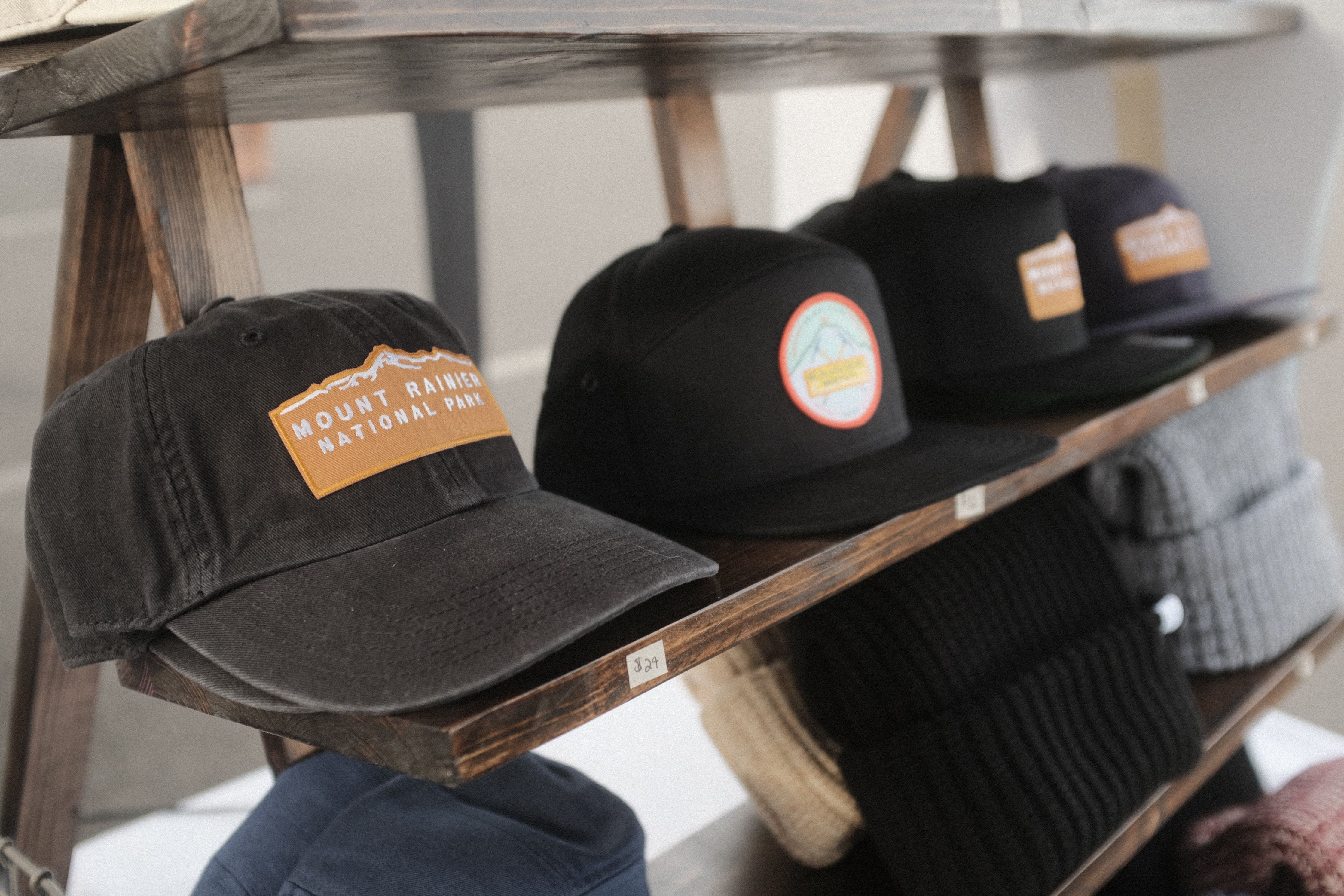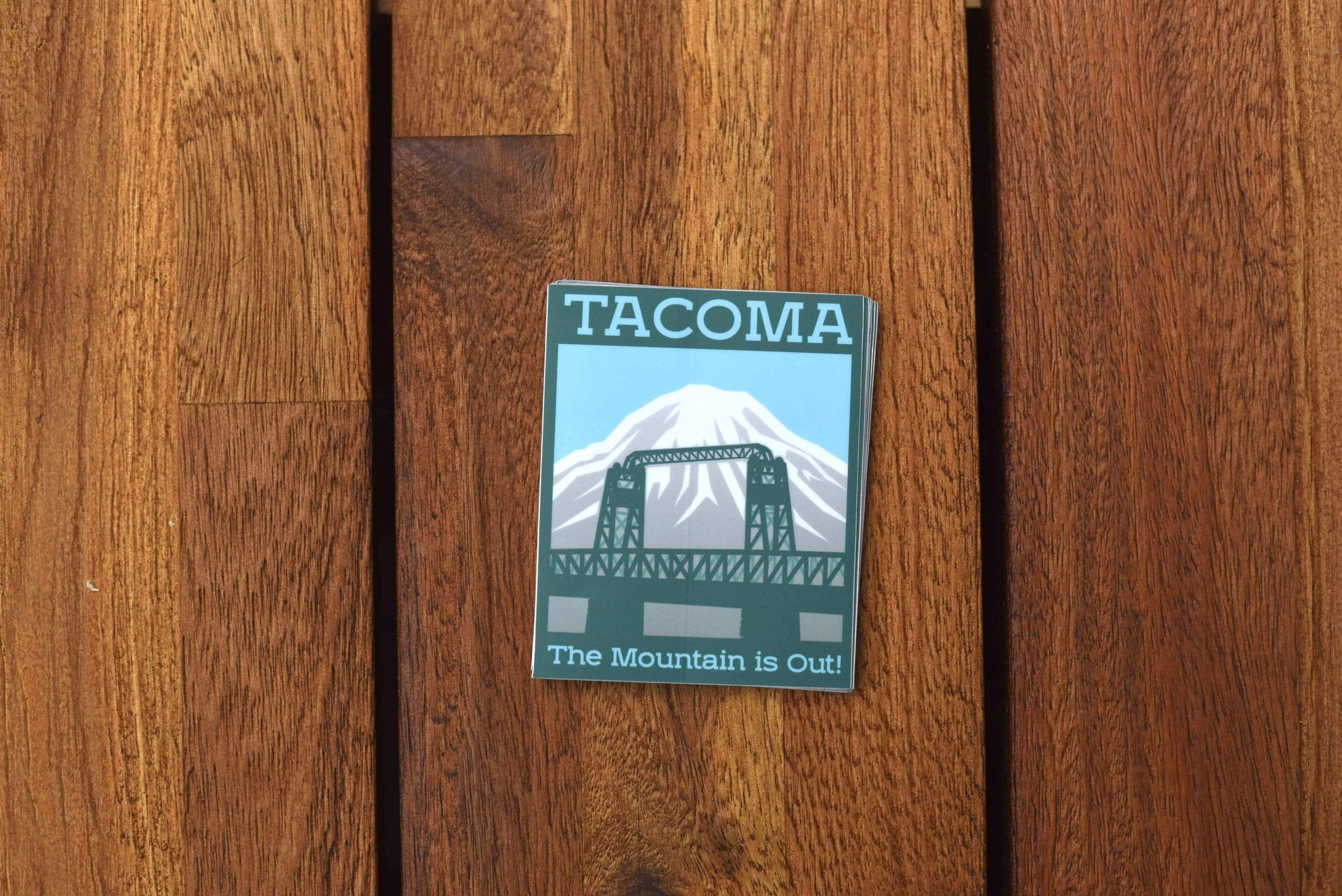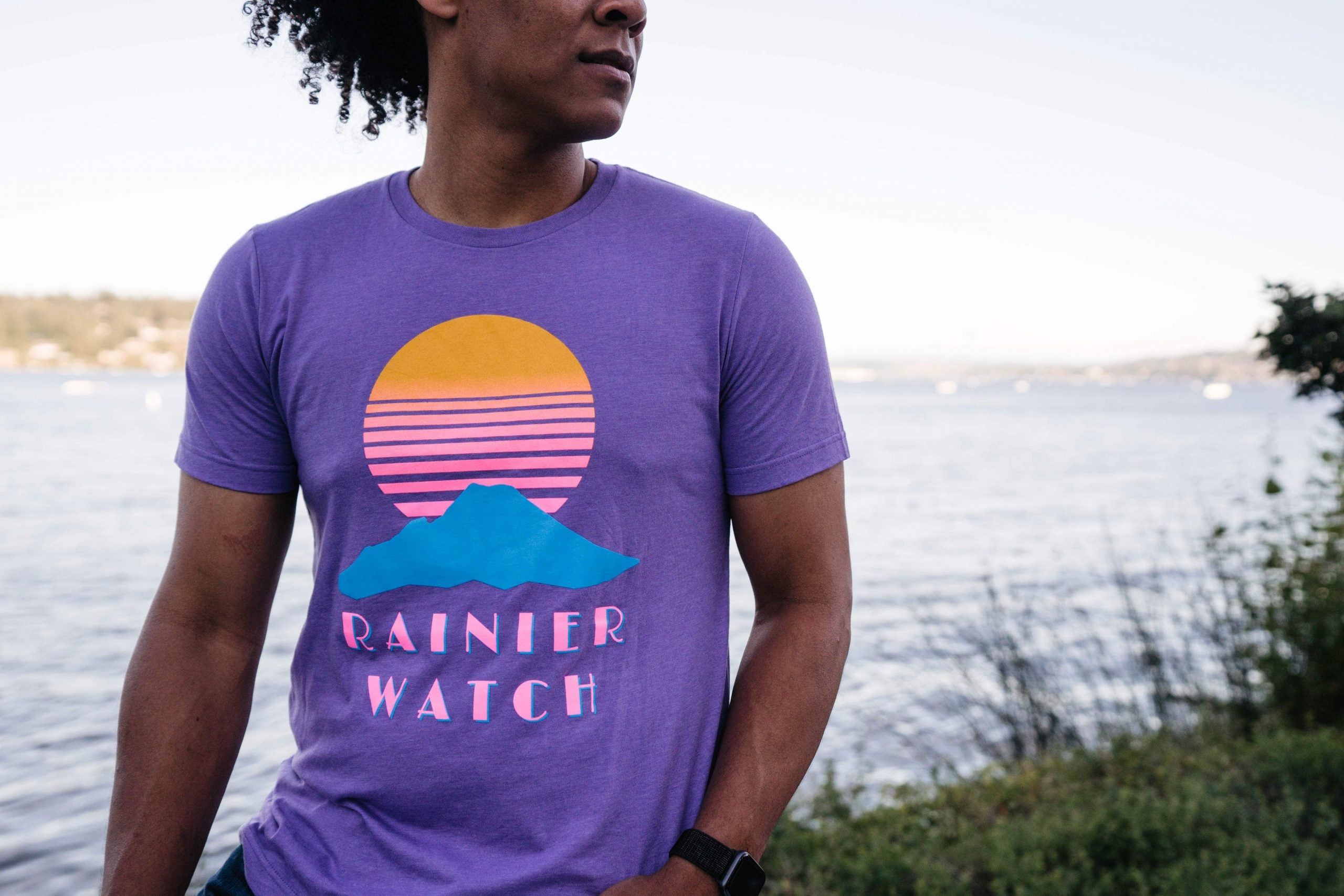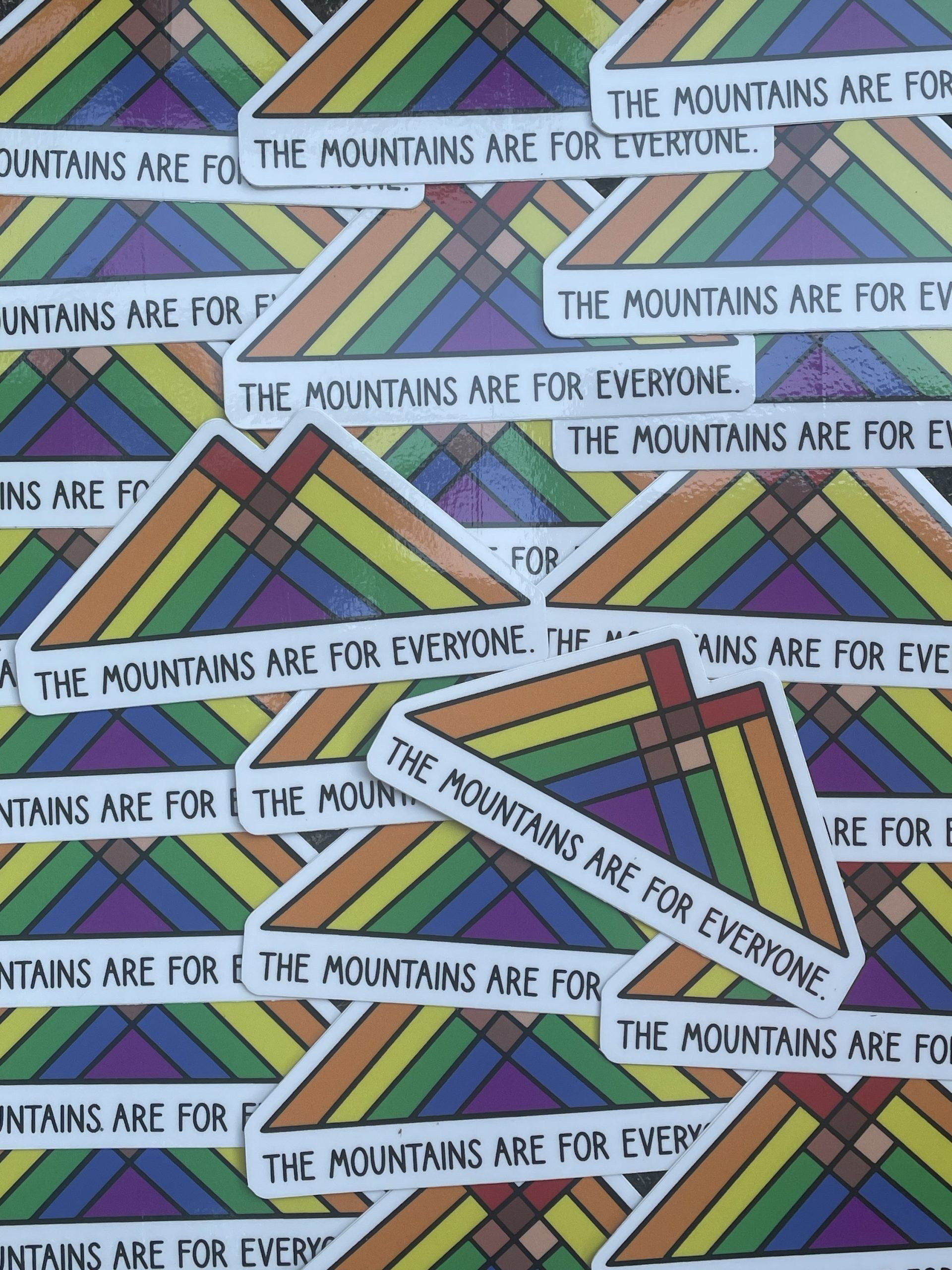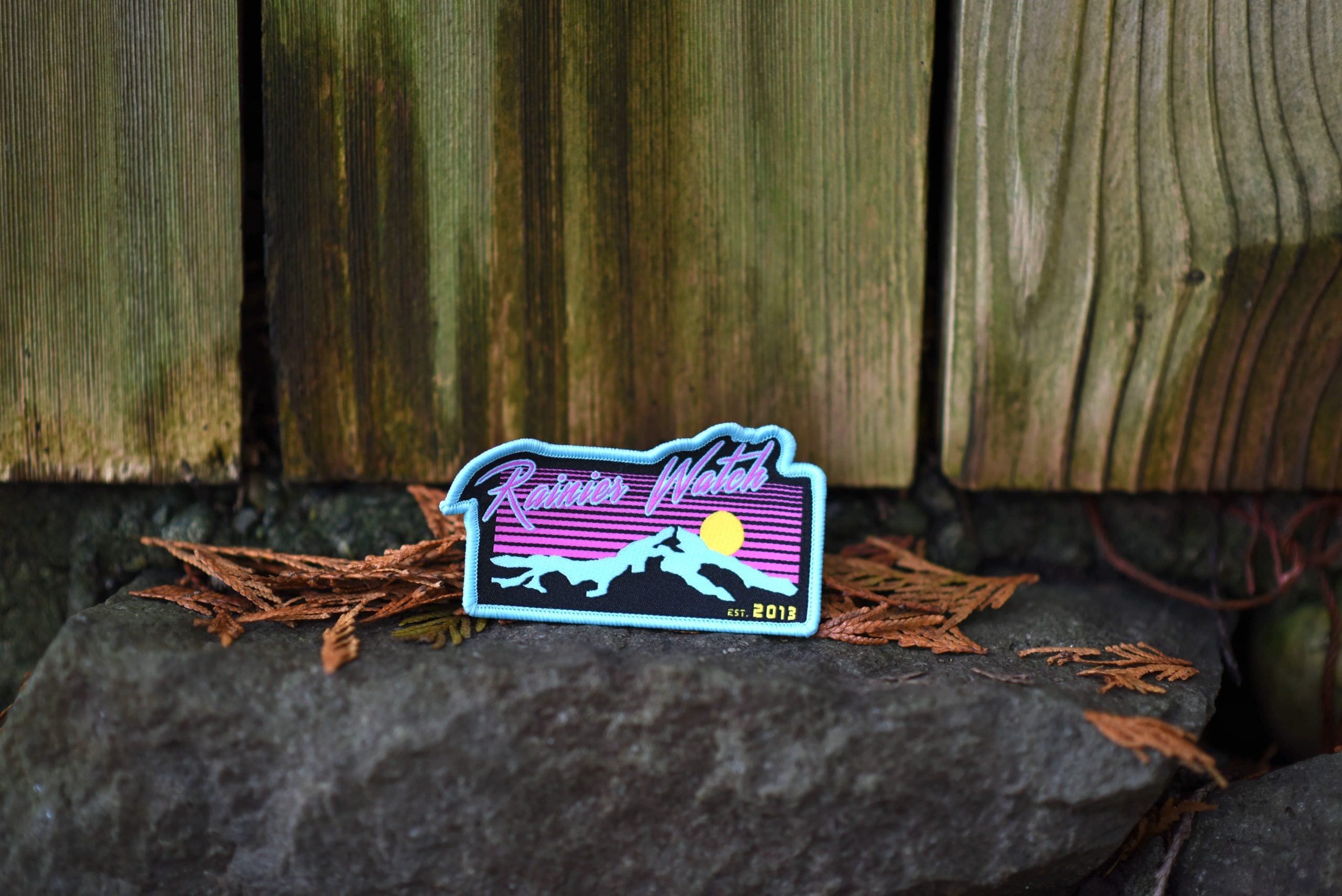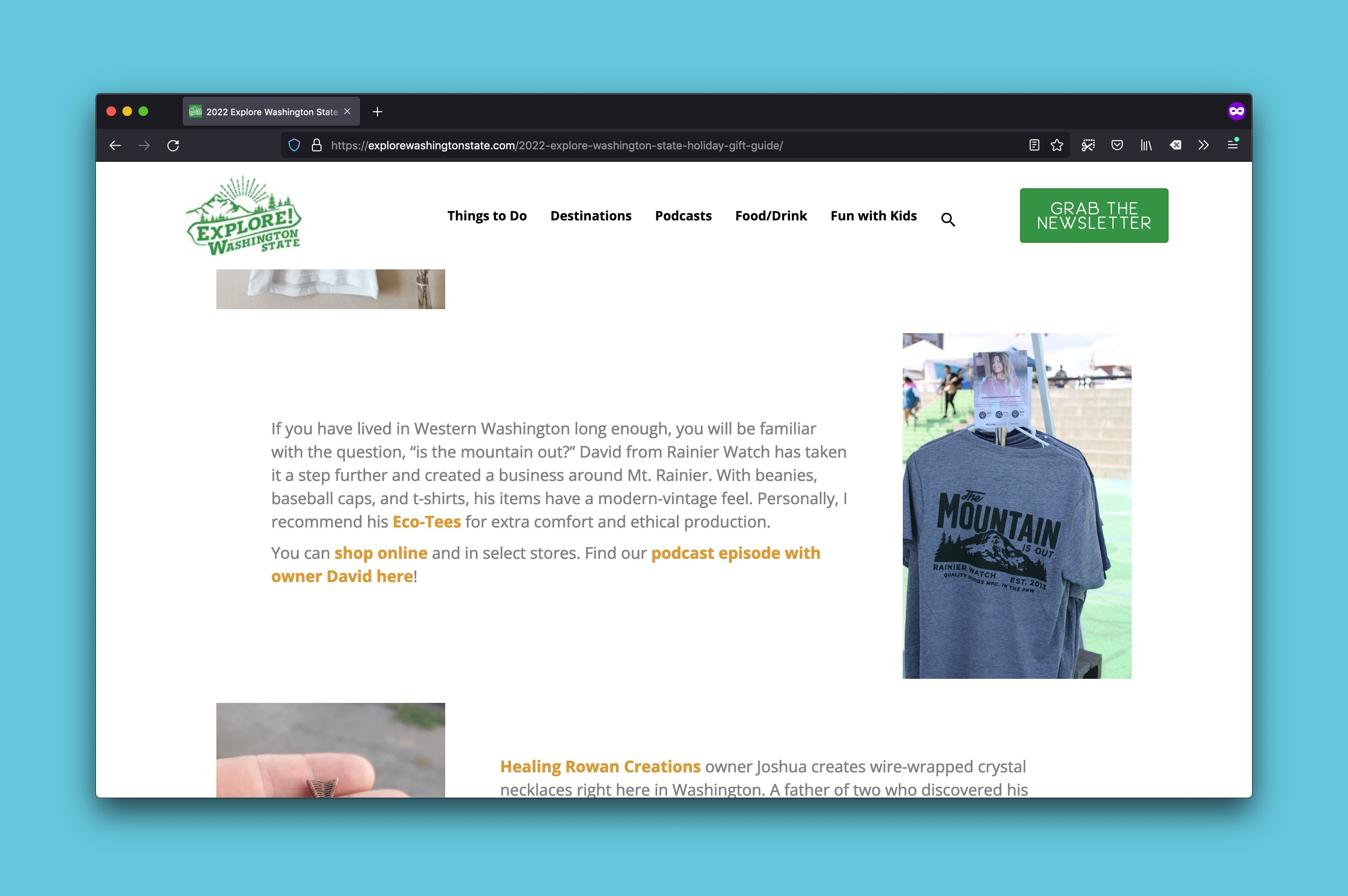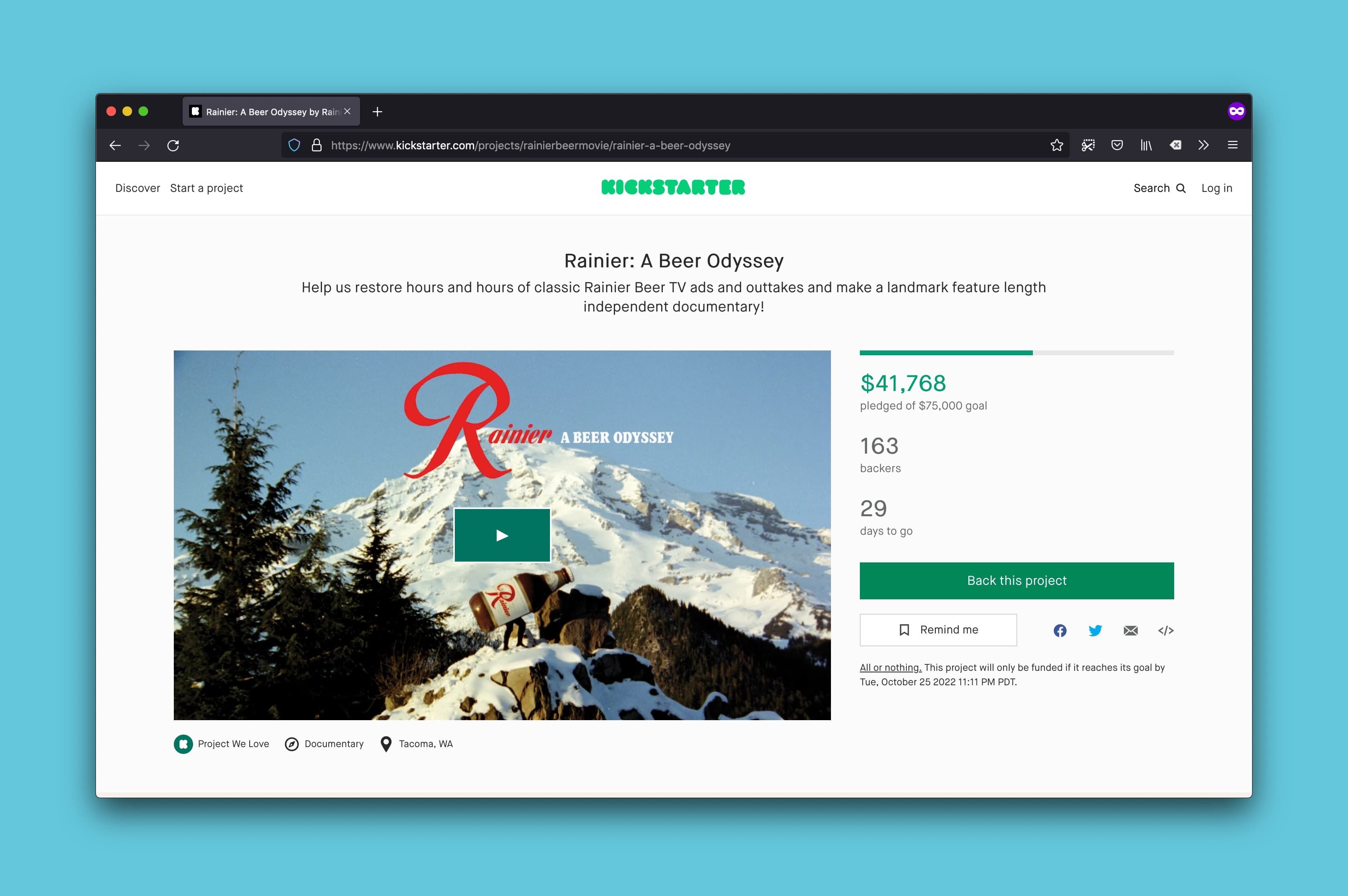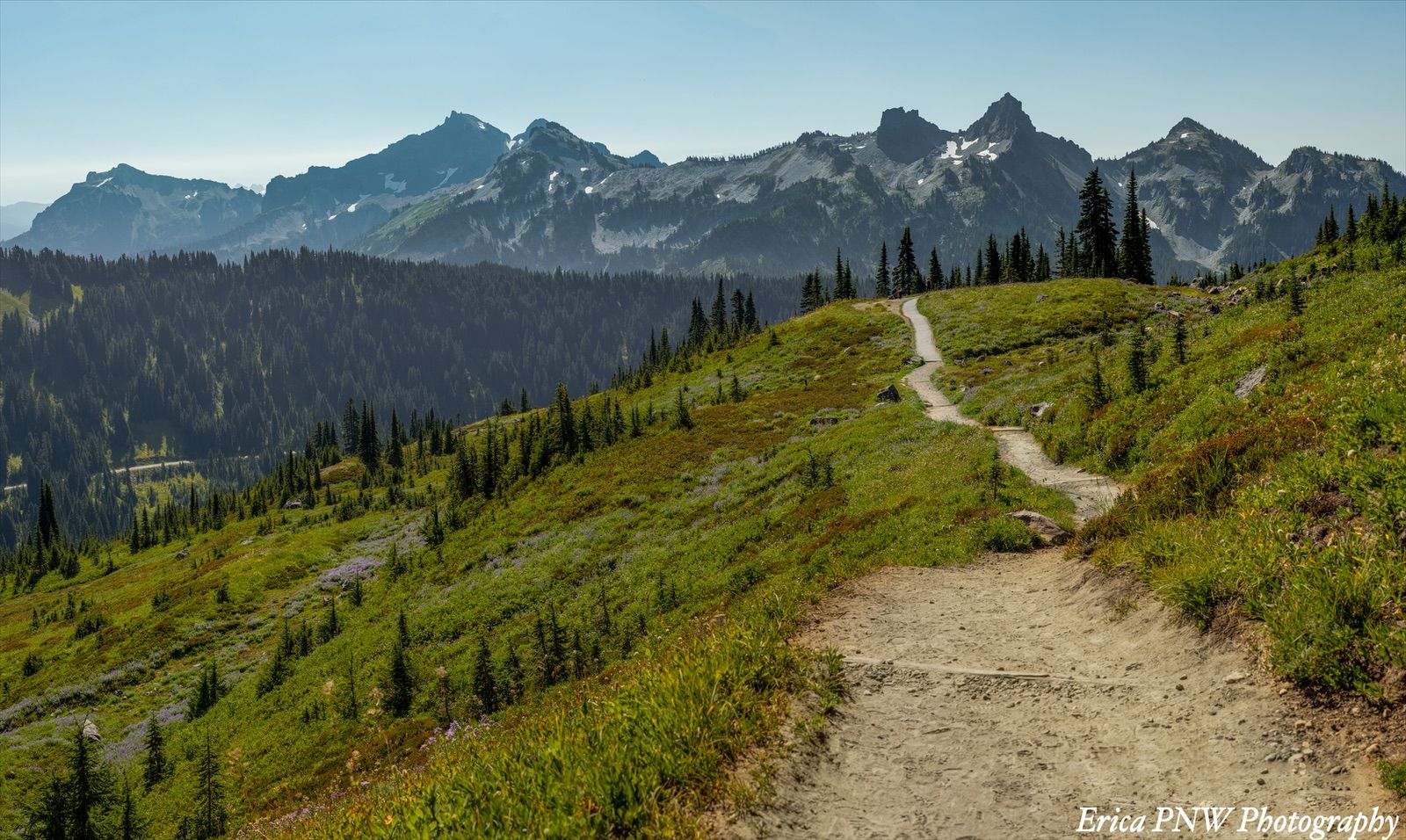Hi there, it's David, founder of Rainier Watch. 👋🏻 I'm really excited to be introducing a guest post from a local photographer, Erica, about a topic that's very important to me and the RW mission; Leave No Trace (LNT) outdoor ethics. A few weeks ago Erica and I started chatting about LNT over Instagram and then she suggested writing such a post to help spread the word and I very quickly agreed. I've long wanted to write such a post however I think Erica did a way better job than I could have. I recognize the somewhat large social media footprint of RW and I'm always trying to follow LNT ethics by avoiding tagging specific locations and avoiding re-sharing photos that might show people not following LNT, like going off trail. That's enough from me, hope you enjoy the post!
Hello fellow hikers, adventure enthusiasts, landscape photographers, and Rainier Watchers! My name is Erica and I am a mid-west native living in the great Pacific Northwest! I am sitting down to write this on a rainy Sunday afternoon, with a cup of coffee in front of my fireplace, to help raise awareness and offer some general education from my perspective on Leave No Trace (LNT) principles. If you’re relatively new to the hiking community, or have simply only heard of this topic in passing, you may be wondering what LNT means and why it is important to remember and practice.

This is me, admiring mount rainier along the trail to a fire lookout, captured by an unnamed hiking partner
Although I have been a hiker for several years now, I hadn’t heard about Leave No Trace until I moved to the Pacific Northwest. For as long as I have been hiking and generally in awe of nature, I’ve always done what I could to respect the environment but had no idea there were guidelines set in place to outline all of the things that I as a hiker, and now amateur landscape photographer, am responsible for keeping in mind every time I step out into nature that keep me, wildlife, and the environment safe. My goal is to offer some helpful information about why I feel LNT principles are so important, whether you’re a rookie or experienced hiker, landscape photographer, outdoor enthusiast, or anything in-between.

Image of mount rainier as seen from a popular path in the park, captured by me (@ericapnw.photography)
The 7 Leave No Trace Principles
- Plan ahead and prepare.
- Travel and camp on durable surfaces.
- Dispose of waste properly.
- Minimize campfire impacts.
- Leave what you find.
- Respect wildlife.
- Be considerate of other visitors.
Leave No Trace #1 - Plan Ahead and Prepare
In my opinion, this is one of the most basic and obvious of all of the principles. However, this one covers a very extensive playing field. Planning and bringing supplies for preparedness is key to ensuring a safe and successful trip. Things like this can include, but are not limited to, checking the weather and associated trip reports (commonly found on the state or region’s trail association website), researching high-traffic days and times to avoid crowding of popular spaces, bringing or downloading a trail map, and packing enough food, water, and emergency kit supplies that are appropriate for the length and location of your trip.
Regardless of any restrictions in place, it is ALWAYS a hiker’s and photographer’s job to stay on the trail.
One of the most vital, yet seemingly less appreciated and practiced, parts of the first LNT principle is highlighted well by REI Co-Op’s Expert Advice page: “Know the regulations and special concerns for the area you’ll visit” (1). Many national, state, or otherwise locally run parks will often have special restrictions based on trail conditions or due to preservation of certain areas of land along the trail that hikers and photographers should avoid. This can be due to things like hiker safety, activity of wildlife, or for conservation purposes. Regardless of any restrictions in place, it is ALWAYS a hiker’s and photographer’s job to stay on the trail. I have seen many individuals, photographers in particular, make excuses such as “taking steps carefully” or openly admit they “bushwhacked” through an off-trail area for the perfect vantage point or perspective for a shot. This may seem harmless or excusable for one person making the decision to go off-trail, but as an example, Mount Rainier National Park alone has approximately two million visitors in a single calendar year (2). Chances are, if you are making the decision to go off-trail, many other individuals are also making the same choice. I am trying to emphasize that, much like voting in an election or recycling regularly, you have more of an impact than it may seem. Going off-trail, especially into protected or regulated areas, means posing dangers to fragile ecosystems and eventual destruction of the overall beauty of the areas that we all love to hike, photograph, explore, and enjoy. Please do your part in staying on trail and researching prior to your trip for utmost preparedness.
Chances are, if you are making the decision to go off-trail, many other individuals are also making the same choice. I am trying to emphasize that, much like voting in an election or recycling regularly, you have more of an impact than it may seem.
Leave No Trace #2 - Travel and Camp on Durable Surfaces
This principle is especially important for hiker safety. Stepping onto areas that are not stable can mean a broken ankle on the trail or, much worse, a fall off of a cliff. It is documented too often that hikers or photographers have plummeted to their death because they stepped too close to the edge of a cliff, climbed a tree, or attempted to scale unstable rocks. In addition, take it from someone who has sprained her ankle many times, you don’t want a lower limb injury several miles into a trail. As outlined by an REI Co-Op Expert Advice staff member, some good general practices for the average hiker are to “concentrate use on existing trails and campsites”, “camp at least 200 feet from lakes and streams”, and “walk single file in the middle of the trail, even when it's wet or muddy” (1).

here's a photo of mount rainier I took, as seen from the road to a fire lookout trail (@ericapnw.photography)
Leave No Trace #3 - Dispose of Waste Properly
Repeat after me, dispose of waste properly. This sadly seems to be the most often broken of the LNT principles. I have yet to visit a hiking trail where I haven’t found some form of trash, stray toilet paper, or bagged dog waste. Sometimes, if you’re unlucky, you come across a pile of human waste. I’m sure many of you have heard the phrases ‘pack it in, pack it out’ and ‘leave it better than you found it’, which essentially cover all of the bases of this principle.
Leave No Trace #4 - Minimize Campfire Impacts
I think we have all seen the consequences in recent years of what a small fire mishap is capable of becoming. Wildfires are no joke. "Careless actions, such as leaving campfires unattended or casually discarding cigarettes, are among the most common causes of destructive wildfires, leading to billion-dollar losses and the death of people and wildlife" (3). As long as regional guidelines are followed, having campfires while out in the wilderness can be a doable and safe activity! Be sure to know all safety and burn-ban regulations, use established fire pits, keep the fire small, and properly scatter the ashes after they are completely cool (1). Smokey Bear and his friends will thank you for it!
The adage ‘take only pictures, leave only footprints’ still holds, although leaving fewer footprints is even better.
REI Co-Op Expert Advice Staff
Leave No Trace #5 - Leave What You Find
I would like begin this section with another quote from REI Co-Op's Expert Advice page: “The adage ‘take only pictures, leave only footprints’ still holds, although leaving fewer footprints is even better” (1). It’s always good to remember that even though taking something like a handful of rocks or a small bouquet of wildflowers seems harmless, you are actually one of millions of visitors to any given park in a calendar year. If everyone took something that seemed small, there wouldn’t be anything left for the habitats of wildlife, nor for the admiration of people who recreate responsibly. I am assuming that if you are here reading this, you’ve visited Mount Rainier National Park at least once. If you’ve taken the time to admire marmots, you may have noticed they have a “field day” (pun intended) eating all of the lupine. We don’t want to deprive those little fuzzy chonks from one of their main food sources, now do we?

I took this photo of a marmot at mount rainier national park, and it was shared during nps fashion week (@ericapnw.photography)
Leave No Trace #6 - Respect Wildlife
Many people do not realize the impact of not respecting wildlife. Or, better explained, people do not realize that feeding wildlife is harmful. Ranging from as small as chipmunks to as large as bears, the negative effects of feeding wildlife can include damaging their health and altering their natural behaviors (1). More seriously, for wildlife such as bears, associating humans with food can be deadly. Many bears are euthanized each year due to the unnatural association of humans with food. It is also very important to remember to keep a safe distance from all wildlife. Photographers, it’s a good time to take out those zoom lenses!
Leave No Trace #7 - Be Considerate of Other Visitors
This principle essentially speaks for itself, but a couple of important things are worth noting. Do your best to yield to hikers moving up-hill on the trail. Those going up-hill have the right of way! It generally takes a lot more stamina and momentum to gain elevation than it does to lose it. Unless, of course, the up-hill hiker welcomes a much-deserved water break and motions for you to proceed. Please also remember that playing music out loud and having loud conversations can significantly disrupt the experience of others. Chances are, if people are out hiking, they’ve come to listen to nature and not to your music or your conversation! If anything, just practice the golden rule and treat others the way you want to be treated (1).
Do your best to yield to hikers moving up-hill on the trail. Those going up-hill have the right of way! It generally takes a lot more stamina and momentum to gain elevation than it does to lose it.
Thank you!
I want to thank you for being here and for taking some time out of your day to read and better educate yourself on Leave No Trace! If you are interested in further reading, or want to know how to get more involved with LNT, I want to recommend taking a look at the Leave No Trace Center For Outdoor Ethics website. On their site, you can find many resources such as current initiatives and research, information about diversity in the outdoors, and youth education. Whether you are a new or experienced hiker, it is always good to learn, gain new perspectives, or "brush up" on high-impact topics such as LNT. I also want to take a moment to thank David for allowing me this opportunity to have a voice on the Rainier Watch platform. Lastly, to my fellow hikers, landscape photographers, adventure junkies, outdoor enthusiasts, or whatever you identify as - be safe out there, enjoy the beauty of what’s around you, and don’t forget to look and see if the mountain is out!
Cited Sources
- REI Co-Op Expert Advice Staff. (2019, July 8). Leave No Trace Seven Principles. REI; REI. https://www.rei.com/learn/expert-advice/leave-no-trace.html
- National Park Service Staff. (2019, June 11). Frequently Asked Questions - Mount Rainier National Park (U.S. National Park Service). National Park Service. https://www.nps.gov/mora/faqs.html
- Problems We Solve - Leave No Trace Center for Outdoor Ethics. (n.d.). Leave No Trace. Retrieved October 15, 2020, from https://lnt.org/why/problems-we-solve/
